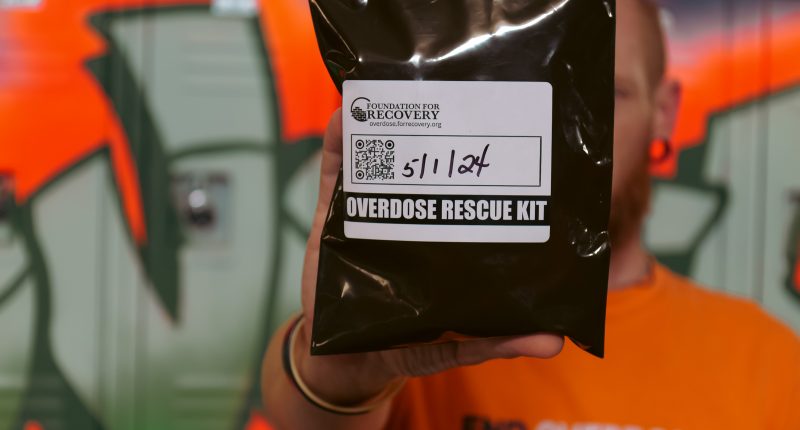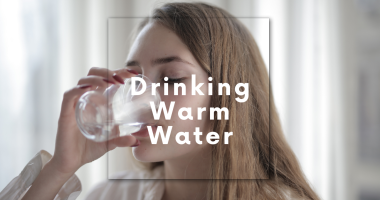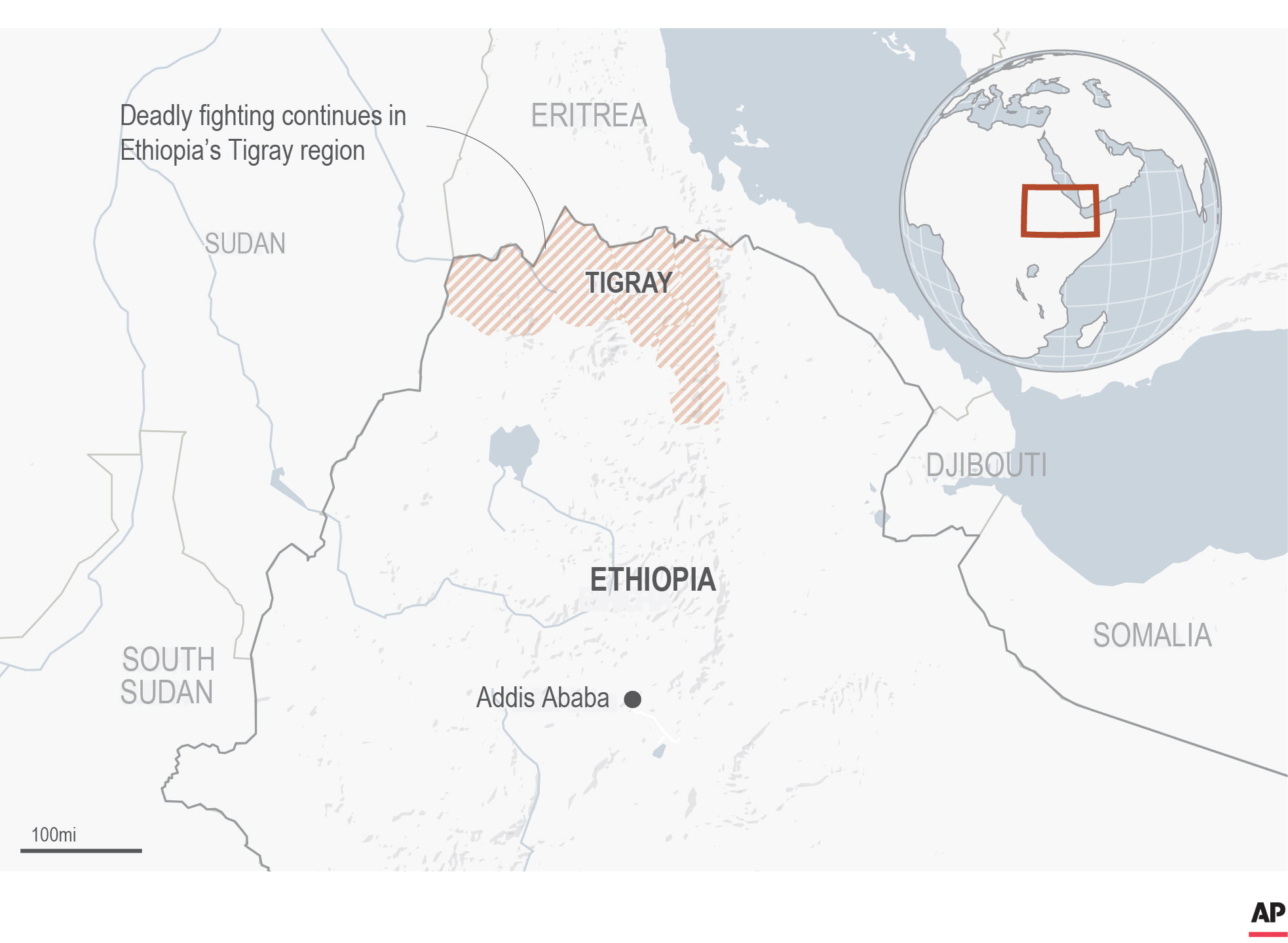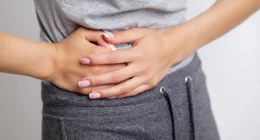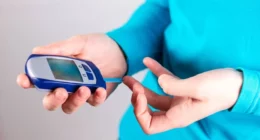We Can Prevent Overdose Deaths If We Change How We Think About Them – I’ve been living in recovery from opioid use disorder for eight and a half years, and this might be a weird thing to say about addiction, but I feel lucky—like I dodged a bullet. I was addicted to opioids in Florida throughout the early 2000s, during the heyday of pill mills that flooded the streets with powerful pharmaceuticals like OxyContin. I say I’m lucky because this was just before the drug supply turned into a toxic sludge of potent fentanyl analogues, mysterious tranquilizers, and deadly counterfeit pills. Sometimes I wonder what it would be like if I were using today. The chances of my survival in these dire conditions would be slim to none.
There’s a saying that “dead people can’t recover,” and I know it’s true. In 2022, an average of 300 Americans died from an overdose every single day. That’s an average of 109,680 human souls. We’re losing far too many people to drugs because America has yet to fully commit to a culture, policy, and strategy focused on overdose prevention.
One of the hardest parts about being an activist is getting people to care about problems that appear distant and far away. It’s all too human to perceive danger as striking someone else, somewhere else. We saw this play out with the COVID-19 pandemic. But we’ve long seen this play out with the overdose crisis in America. In 2017, the federal government declared overdoses a “public health emergency,” and ever since, the death rate has steadily ticked up and up. This was in large part due to the three waves of the “opioid epidemic” and the greed of the Sackler family that peddled OxyContin.
However, calling this an “opioid epidemic” is to mislabel and misunderstand the actual root of the problem we face: Overdose deaths are preventable; we just haven’t had the tools to efficiently do it—until now. Many users die alone in their homes, apartments, cars, in gas station bathrooms, or on the street. Families and entire communities have been shattered by loss. In a fog of pain, grief, and anger, we’re also losing the plot. The focus of drug policy right now should be on preventing as many fatal overdoses as possible. Instead, America is once again trapped in a disastrous drug war that focuses on punishment and retribution over the goal of saving lives.
The very word “fentanyl” evokes scary visions of chemical warfare and “weapons of mass destruction.” The fury of living through so much loss has elevated a reactionary tendency to harshly criminalize drug use and reinforce lengthy mandatory minimum sentences. Politicians like Donald Trump, for instance, want to execute drug sellers. During his 2024 presidential campaign announcement, Trump said, “We’re going to be asking everyone who sells drugs, gets caught selling drugs, to receive the death penalty for their heinous acts.” Members of congress and dozens of states are moving toward with enacting harsher drug penalties, despite decades of evidence that severe punishments do little to deter drug use or drug dealing. The rhetoric has gotten so hot that lawmakers have introduced proposals to authorize military force against drug traffickers in Mexico, turning a metaphorical drug war into a literal war of bombing and invasion. Fear, anger, and political expediency are causing us to repeat failed strategies of the past.
But now is not the time to reach for easy answers and give into dark impulses. Instead, we must double down on overdose prevention using a public health and harm reduction framework to equip people who use drugs with practical tools and spaces that destigmatize the life-saving information they need for their journeys to find safety and community.
As someone who has lost well over three dozen people I loved and cared about to overdose deaths, I know how valuable these tools can be. Most of my friends died alone. Many of them were scorned because they returned to drug use. They weren’t offered compassion when they sought healthcare support. Some of them died after being released from jail on a simple possession charge. All of them would have benefitted from the wide availability of harm reduction services such as syringe exchange programs, free naloxone, drug checking equipment that screens for fentanyl analogues, and safer use spaces—without shame, and without judgement. Consistent data from Harvard’s Recovery Research Institute has shown that harm reduction works and is rooted in evidence.
If we don’t correct our current course, we’ll be stuck in this vicious cycle that leaves millions of people sick, alone, and at risk of fatally overdosing.
On March 29, the FDA approved the first-ever over-the-counter (OTC) naloxone product. In July, they approved a second OTC naloxone product. While this is welcome news and a substantial leap forward, the pricing of these products (averaging between $35-$65 per unit) is still out of reach for everyday Americans who need quick access to the lifesaving overdose reversal medication.
Naloxone should be free. It must be available and accessible everywhere—and for everyone, without any barriers. Most life-saving medical devices are uncontroversial and ubiquitous. It’s time we think about naloxone and overdose reversal the same way we think about EpiPens, defibrillators, vaccines, and testing. Nobody thinks the mere presence of an EpiPen encourages people severely allergic to peanuts to kick back and crush a bag of pistachios for fun. Unlike peanut allergies, addiction remains highly stigmatized. Some are under the false impression that naloxone “encourages” more risky drug use because they view addiction through a moral lens, not a healthcare challenge. This distorted logic, along with Big Pharma profiteering, hinders broad access to naloxone.
While changing policy and regulations is no small thing, changing cultural outlooks is something else entirely. The social scientist and historian Nancy Campbell called naloxone a “technology of solidarity.” For naloxone to work, someone has to be there to administer it to the person who is overdosing. With the recent expansion of naloxone access, it’s on all of us to step up and be ready to save a life. Instead of punishing and scorning those who are struggling, we must do the harder thing and actually show people that they are not alone.
Overdose prevention strategies also require tailored approaches to their culture and geography. Cities and urban centers where substance use is more concentrated can benefit from overdose prevention centers. More than 100 of these centers operate around the world in more than 60 cities. But America only has two that operate legally. The first sanctioned centers on U.S. soil opened in New York in 2021, and they’ve already rescued 1,000 people from fatal overdoses. Just two centers barely meet the demand. A New York City Health Department study found that opening four centers in the city would save up to 130 lives per year while saving $7 million in health care costs. It’s time for other major cities to follow New York’s lead.
Rural areas need a different kind of help covering vast distances. Traveling across the country, I’ve witnessed innovative grassroots overdose prevention solutions in rural towns that operate mobile harm reduction programs. A key tenet of harm reduction is “meeting people where they’re at.” In this case, that means literally. Big vans equipped with naloxone, clean syringes, HIV testing, drug checking, and perhaps most crucially, warm and kind people, are driving around throughout the week to deliver life-saving health care to people who have no other way to access it. Sadly, these programs are operating on shoestring budgets in extremely hostile political climates. Policymakers and communities must stand up and defend these frontline workers who are sacrificing their freedom for doing what they know is right.
You might’ve heard that harm reduction has failed. You might’ve heard that cities like San Francisco and Portland have gone all in on “radical” harm reduction strategies and implemented “pie-in-the-sky” policies like drug decriminalization, and all they have to show for it is death, despair, and abysmal outcomes. The truth is that no American city, not even the supposedly liberal strongholds like San Francisco, have fully committed to a focused strategy of overdose prevention and recovery support. Cutting social and housing services, refusing to reduce skyrocketing rents, all the while ramping up militarized policing is not radical harm reduction. In fact, these half-measures are actively contributing to crisis levels of overdose fatalities.
While politicians and sensational media outlets play up apocalyptic disaster porn, they never mention the success of states like Rhode Island. Rhode Island decided to double-down on overdose prevention and though it’s taken some time, it’s finally starting to pay off. Fentanyl and its potent analogues hit the small state early and hard. For several years, overdose deaths ticked up and up. But something changed. The number of fatal overdoses did not increase from 2021 to 2022. Then, there was a 13% drop in overdose deaths in the second half of 2022. How did they pull it off?
Rhode Island committed fully and firmly to effective overdose prevention strategies. Despite media backlash, they held strong when the going got tough—even when they weren’t sure if it would work. The state implemented mobile outreach programs that distributed harm reduction supplies, increased the availability of naloxone, expanded access to medication assisted treatment for opioid use disorder in jails and prisons, supported six community centers that offer peer-based recovery support services, and created a new evidence-based drug prevention curriculum for schools. Moving forward, Rhode Island will be opening overdose prevention centers like those in New York, which will ensure their fatal overdose trend reversal continues far into the future.
American drug policy is at an inflection point. For the first time in my life, overdose prevention is gaining acceptance as our culture of tough love and zero tolerance is slowly losing credibility. The basic problem we face today is that too many people are dying in isolation, alone in the shadows. The best thing we can do right now is show up for each other, offer compassion to those who are struggling, and stop politicizing something that isn’t political—saving as many lives as possible, with every tool we have at our disposal.
